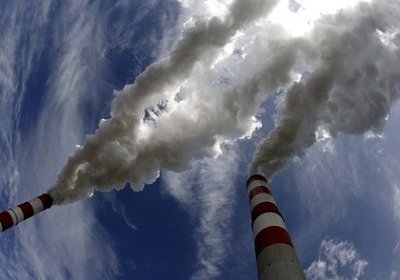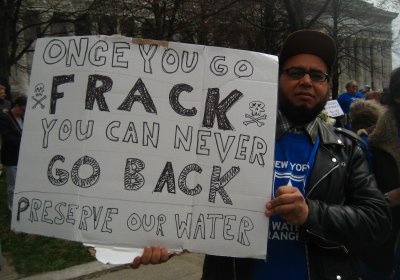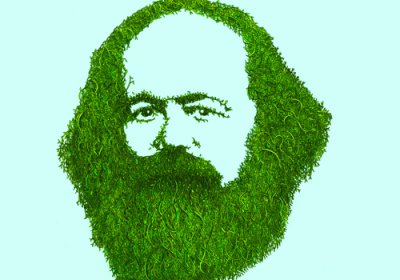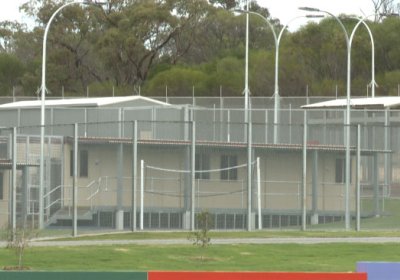The Western Suburbs Alliance (WSA) released the statement below on June 29.
* * *
WSA has been formed by members of community groups and individuals in Claremont, Cottesloe, Mosman Park, Peppermint Grove, Nedlands and Subiaco concerned about the growing wave of fear, anger and alienation across the western suburbs resulting from the erosion of our democratic rights and the threats to our communities and built and natural environment by the Barnett Government.
Australia
More than 300 supporters of Julian Assange gathered at the State Library in Melbourne on July 1 to call for the Australian government to act to bring Assange home.
Hundreds of people braved heavy rain in Melbourne on July 1 to attend a rally to defend WikiLeaks founder Julian Assange. The rally was organised by the WikiLeaks Australian Citizens Alliance.
So now we have a carbon price in Australia. The sky hasn’t fallen in but neither are we getting anywhere near doing what needs to be done to respond to the climate change crisis.
Australia currently gets its energy in this mix:
• Fossil fuels: 95%, comprising coal: 39%, gas: 22%, petroleum: 35%
• Renewables: a miserable 5%.
According to the Labor government's own projections, with the carbon price, by 2035 Australia's energy mix will be:
• Fossil fuels: 91%, comprising less coal at 21%, more gas at 35%, petroleum: 36%
• Renewables: rising slightly to 9%.
Having taken her share in Fairfax Media to nearly 20%, Gina Rinehart has demanded a greater say in the workings of Fairfax, including editorial matters at its major papers The Age and The Sydney Morning Herald.
Fairfax’s board has so far rejected Rinehart’s manoeuvres, saying she must first commit to signing the “Fairfax Media Charter of Editorial Independence”, which is based on the “fundamental and longstanding principle of editorial independence”.
A community protest of up to 30 people was held outside a global shale industry conference in Perth on June 28. Campaign group No Fracking WAy organised the protest. The two-day conference on global shale gas development put on by the Electric Utility Consultants, Inc (EUCI) at the Seasons of Perth Hotel, 37 Pier St, Perth.
The protesters held up banners, sang anti-fracking songs and heard from several speakers about the problems with the shale gas industry, which is expanding rapidly in Western Australia.
The Transform Drug Policy Foundation recently informed me of Count the Costs: 50 years of the war on drugs, a new online research tool developed to educate people on the need for drug law reform.
The world today is plagued by many crises. Economies are in recession. The world is wracked by war. And poverty is still rampant for the world's majority. Alongside all of this, our environment, and our climate, is increasingly under pressure, threatening all life on the planet.
The climate crisis strikes at the very heart of our societies. We need to question the way we operate, the way we allocate and use our resources, and the way we develop infrastructure, so that we can create a more sustainable world.
Not long after Melbourne’s recent earthquake a few wags leapt on Twitter to blame Australia’s carbon price for causing it. Greens Senator Richard Di Natale made the same joke in parliament a few days later.
Australia’s parliament voted to set up the Clean Energy Finance Corporation (CEFC) on June 26. The law was backed by Labor and Greens MPs. Mainstream environment groups have welcomed the initiative, saying the CEFC will make $10 billion available to fund clean energy.
With the dire warnings from climate scientists about the need to cut carbon emissions quickly, such a big investment in clean energy sounds like a good thing. But there is a catch: most of the money won’t be spent on clean energy at all.
The newly opened Yongah Hill detention centre in remote Western Australia is “probably one of the most secure facilities in the entire network,” immigration media manager Sandi Logan said on June 25.
The new detention centre is about 90 kilometres north-east of Perth, about five kilometres outside the rural town of Northam. The $125 million centre was a disused army barracks and will house up to 600 male asylum seekers.
It is now fitted with electric fences, “scale-proof” walls, cameras and bars on most windows, said an AAP reporter who visited the site.
- Previous page
- Page 722
- Next page










